Keres part II
So I'm a substitute teacher, and I get placed in a New Mexico History class, which is my favorite, because, as a history major, and Social Studies/History teacher wannabe, NM History is my weakness, so I have to bone up on the facts. So I start reading the textbooks that are given to the students, that, in this case, were actually under their desks. This particular one was an Anthology of readings by New Mexicans, including Joe Sando, and was the following:Sando, J. The Pueblo People. In Nuevo Mexico: An anthology of history. 2009. New Mexico Highlands University: Semos Unlimited.
On p. 28 I found the following:
The second Pueblo Indian group to arrive were the Keresan Speakers. A similar language, which I believe was spoken in the Caribbean, caused me to decide that the Keresans migrated from the Caribbean islands. Columbus, we learned, arrived in the Caribbean on the island of Haiti; Hai-ti means "wherein" in Keres, and the leader whom Columbus met with was named Ha-ta-wehi, which means "corn pollen" in Keres. It is a man's name in Keresan. Columbus conferred the title of "Cacique" to Ha-ta-wehi, so most Pueblo titular leaders have that title today.
Today, when Keresans begin a story, they say Hama ha,i (hane) meaning "when we were in the east." Some of these words are for direction: east, west, south and north as hane, pune, coowa, and tipani. On one island, the residents near the islands were called Tiponicos (Northerners), Haynecas (Easterners), and Coowacon (Southerners).
During their migration westward the Keresans stopped in Florida. There the leader's home was covered with seashells,so they called it the white house. Eventually the Keresans arrived at Chaco Canyon, and lived there until the great drought also drove them to where the descendants are today. They brought the corn dance and the medicine society to the Pueblo Indian country.
Actually, I have to admit that I read that several times before I had the impulse to just copy it and put it here. It is possible that I mis-transcribed Ha-ta-wehi, as one version, in my notes, has no -i at the end, whereas the other does. But I also noticed that the writing is not meticulously proofread, as there is an "also" in the third paragraph that doesn't seem to have any reference; it's not questioned, and these things sometimes happen in writing; who knows what he's referring to?
So, hot on the trail of this line of information, I did some more research. I was looking for independent verification that this Joe Sando linked the Keresan to the Caribbean, and I was looking for someone to say that either he was a respected historian, or he was a kook. Nothing. I couldn't find anyone that even mentioned his 2009 claim, and I haven't yet found the work he says it is based on (doesn't mean it's not out there). Joe Sando was a respected historian, from the Jemez Pueblo (near the Keresan ones, which include Acoma, and Laguna, Pueblos). He died a few years back. He was well known for sharing a lot of what he knew about the Pueblos, but not sharing their religion, which he figured was their own business.
There were three people who did work on the Keresan grammar, trying to interpret it, and make it available to the outside world. One, Joel Maring, is a father of a friend of mine in southern Illinois, and found that they actually had a different language for women and men, in the sense of at least having different words for a number of things; I was unable to get much more detail than that. But this rang a bell, because I remember that being true of the Arawak language, that was spoken in the Caribbean when Columbus arrived. What makes this important is that, if we're talking a migration of peoples here, they must have had enough men and women to have made migration of the language possible. We're not talking three lonely guys in a boat here. We're talking migration of a people, and it's in about 1200 or 1300. I'd really like to get to the bottom of this.
Then, a couple more twisters if I may, but these are not carefully documented yet. I will try to document.
There were three people, as I said, who did work on the Keresan grammar, and they are easily found in the Wikipedia references. They are Davis, Miller, and Maring. Maring's work was at one point called "unfortunate," for reasons I don't know. The Keresan people also requested that no more work be done on their language, by anyone, ever. That I found a little unusual. What happened? I am not purposely trying to connect these two events, which could be totally unrelated. At some point they decided that people looking into their language weren't helping them. Perhaps they decided they wanted no part of being traced to the Caribbean? Will they be mad at me if I even dig into it? I would be taking isolated words, like the ones you see above, and tracing them to Arawak, perhaps using notes from my graduate school, where I'd found an ancient book, written in French, that had described the Arawak language. My research, in that case, led me to use historical linguistic principles to relate Arawak to other languages, some deep in the Amazon, and perhaps Garifuna, which is supposedly related.
I promise to dig some of this stuff up and put it here as well. It seems to me, no work on languages is "unfortunate," though it's unfortunate if you get malaria in the process of gathering data. It also seems to me that if you have corn traditions, you wouldn't have started them in the Caribbean, nor would you have picked them up in the Big Bend on your way through what is today south Texas. They are finding stuff in Chaco Canyon, even today; it's obvious people had lively lifestyles, and wrote about them, back in 1200-1300. I am working toward a claim that 1) they knew what they were doing, 2) they didn't head up the Rio Grande not knowing what they'd find; 3) they had a lot of people, yet still had enough food for the long journey, assuming the Rio Grande had water back then; 4) there was some system of continent-wide communication, perhaps petroglyphs, that guided people in these epic journeys. When the mound people left their capital, present-day Cahokia, in 1200, they had already gone thousands of miles on rivers, up to Idaho, Canada, the Appalachians, the Gulf. We don't know why they would leave Cahokia, but we can suspect that they were aware of the Caribbean, and, they would be likely suspects for a "corn dance." But if you put yourself back in that era, and you run into a world traveler, presumably you don't share the same language, but are you going to give up? Or are you going to find the cool places there are, in the world, like Kathmandu, or Macchu-Piccu, and one or two among you are going to at least try? I think they were like us, except that 1) they didn't have Google Maps; 2) they knew the stars real well, and 3) they did everything by river boat, and did it pretty well. That's all I can ascertain based on what I've read of Cahokia and Chaco Canyon, but I'd like to know more. And I'm not claiming that the mound people and the Caribbean-based Pueblos were the same people. What do I know? I just suspect that, at some point, they at least had contact. North America is only so big, and in these small places, people tend to know everything.











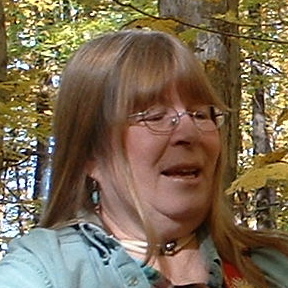




















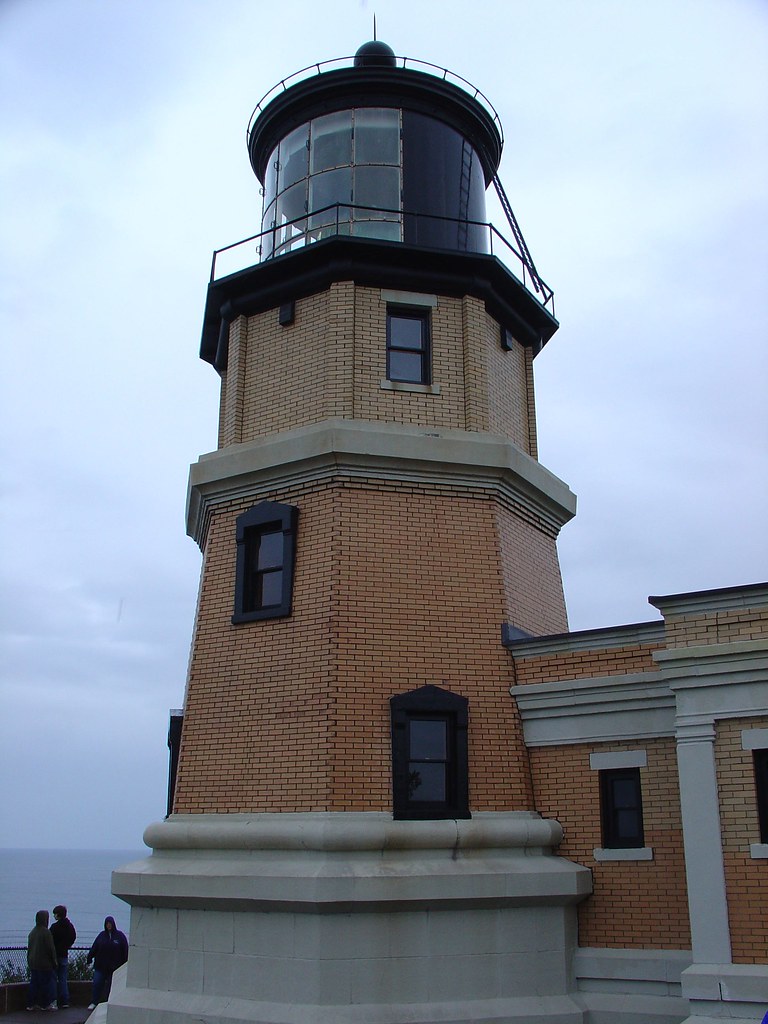












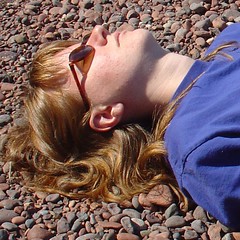
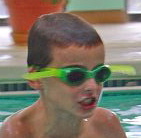
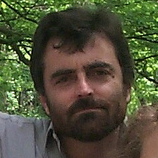

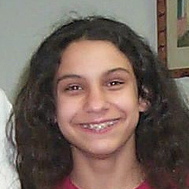
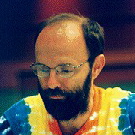




0 Comments:
Post a Comment
<< Home